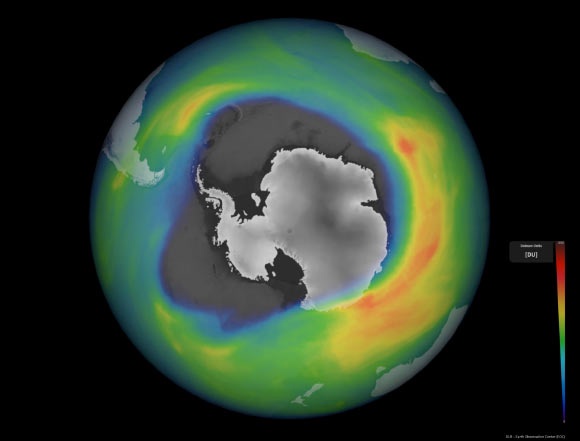Overview
- University of Reading–led work published in Atmospheric Chemistry and Physics uses multi‑model simulations to assess future ozone changes.
- About half of the projected warming stems from stratospheric ozone recovery and half from tropospheric ozone formed from pollution precursors.
- The analysis indicates ozone’s warming impact by 2050 is roughly 40% larger than earlier estimates.
- Healing of the ozone layer reduces UV risks yet offsets much of the climate benefit from phasing out CFCs and HCFCs under the Montreal Protocol.
- Cutting air pollution can curb ground‑level ozone and its health harms, though warming from continued stratospheric recovery will persist for decades.

